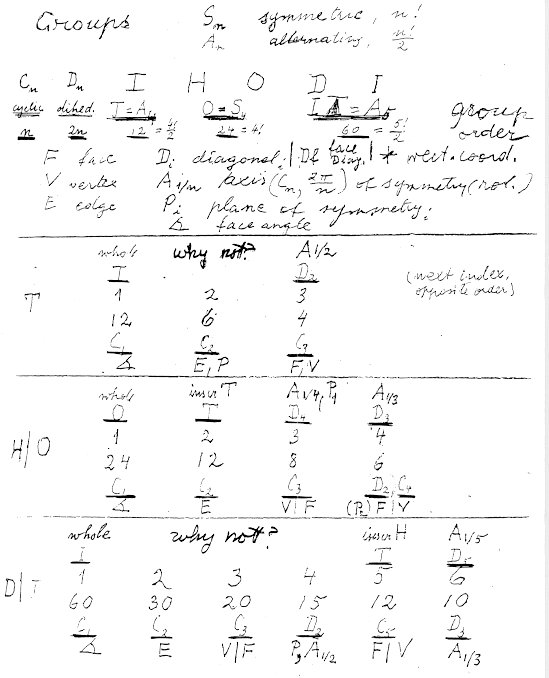
Figure 9
In 1978 Pedersen was asked to try to get George Pólya and Peter Hilton
together9
in Seattle at the joint annual meeting of the American Mathematical Society
and the Mathematical Association of America, to discuss "How to and How Not
to Teach Mathematics". The suggestion was that Hilton should discuss "How
Not to Teach Mathematics" and this would be followed by Pólya giving
"some Rules of Thumb for Good Teaching". Pólya agreed to participate
on the condition that Pedersen would handle the travel details of getting him
to and from Seattle. Hilton also gave only conditional approval for the
plan. Hilton's idea was that it would be much more interesting, and
effective, if he were to demonstrate a thoroughly bad mathematics lecture
(instead of simply talking about it). Hilton also suggested that Pedersen
should be the moderator for the program.
All conditions were met and the Seattle presentation duly took place. It
was a tremendous success. Hilton's part was hilarious and some said it
nearly ruined the rest of the meeting as participants saw many of Hilton's
intentional errors unintentionally repeated by some of the other speakers.
Pólya's contribution was, as you might expect, superb and had the
unmistakable mark of a master teacher. A month or so later Pedersen was
asked by the National Council of Teachers of Mathematics to arrange that the
Hilton-Pólya performance be repeated at their San Diego meeting in the
fall of 1978 so that it could be videotaped. After a few more meetings
with tea and cakes, and some long distance calls, this was done.
At the San Diego meeting Pedersen invited Hilton to visit SCU in October to
give a colloquium talk. He did, and when he saw the models in Pedersen's
office they again sparked long discussions, but this time the discussions
centered on the differences between the ways geometers and topologists
classify surfaces.
In 1982, while Peter Hilton was on sabbatical leave as a visiting professor
at the ETH and Pedersen was visiting there for a quarter, they began looking
seriously at the paper-folding. Hilton suggested to Pedersen that she
should try to devise a really systematic way of constructing the polygons
from the folded strips (since the 2n+1-gons seemed to have very special
features that didn't generalize). The first result of Hilton's suggestion
was the FAT-algorithm. This innocent-looking algorithm, in fact, opened
the flood gates for both the development of the general folding procedures
and the number theory that grew out of the paper-folding.
After 1978 whenever Hilton visited SCU he went with Pedersen to visit the
Pólyas and together they continued the tradition of mathematics, tea and
cakes. In 1981 Hilton and Pedersen, along with Alexanderson, cooperated
with Pólya to bring out the Combined Edition of Mathematical Discovery
(see [P2]).10
During many of the tea parties at Pólya's home, Pólya talked about
his idea of homologues, and on one occasion told us that he had never written
about them and that someday he would like us to write about them - in fact,
he extracted a promise from us that we would do so. Thus we are very
grateful to Denes Nagy for giving us such a splendid opportunity to fulfill
our promise to our dear friend and teacher George Pólya, and to convey the
flavor, and a few of the details, of our friendly relationship with him.